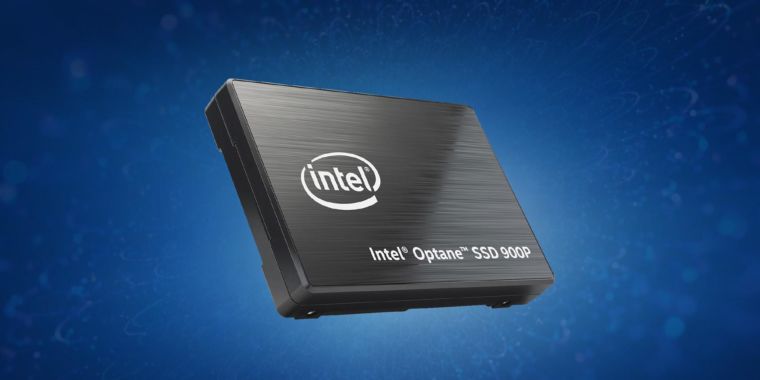cracauer@
Developer
Might be worth checking on your Samsung SSDs.
The 990 Pro has problems with premature wear, and a firmware update is available. The updates does not restore the excess wear, so it should probably be installed as soon as possible.
The 980 Pro has problems with going permanently readonly at random, and a firmware update is available.
The 870 Evo has other problems, and no update is available:

 www.techpowerup.com
www.techpowerup.com
The 990 Pro has problems with premature wear, and a firmware update is available. The updates does not restore the excess wear, so it should probably be installed as soon as possible.
The 980 Pro has problems with going permanently readonly at random, and a firmware update is available.
The 870 Evo has other problems, and no update is available:

Samsung 870 EVO - Beware, certain batches prone to failure!
Could samsung be engaging in a little planned obsolescence in their SSD designs? So these failures aren't so much a design flaw as a design feature?



